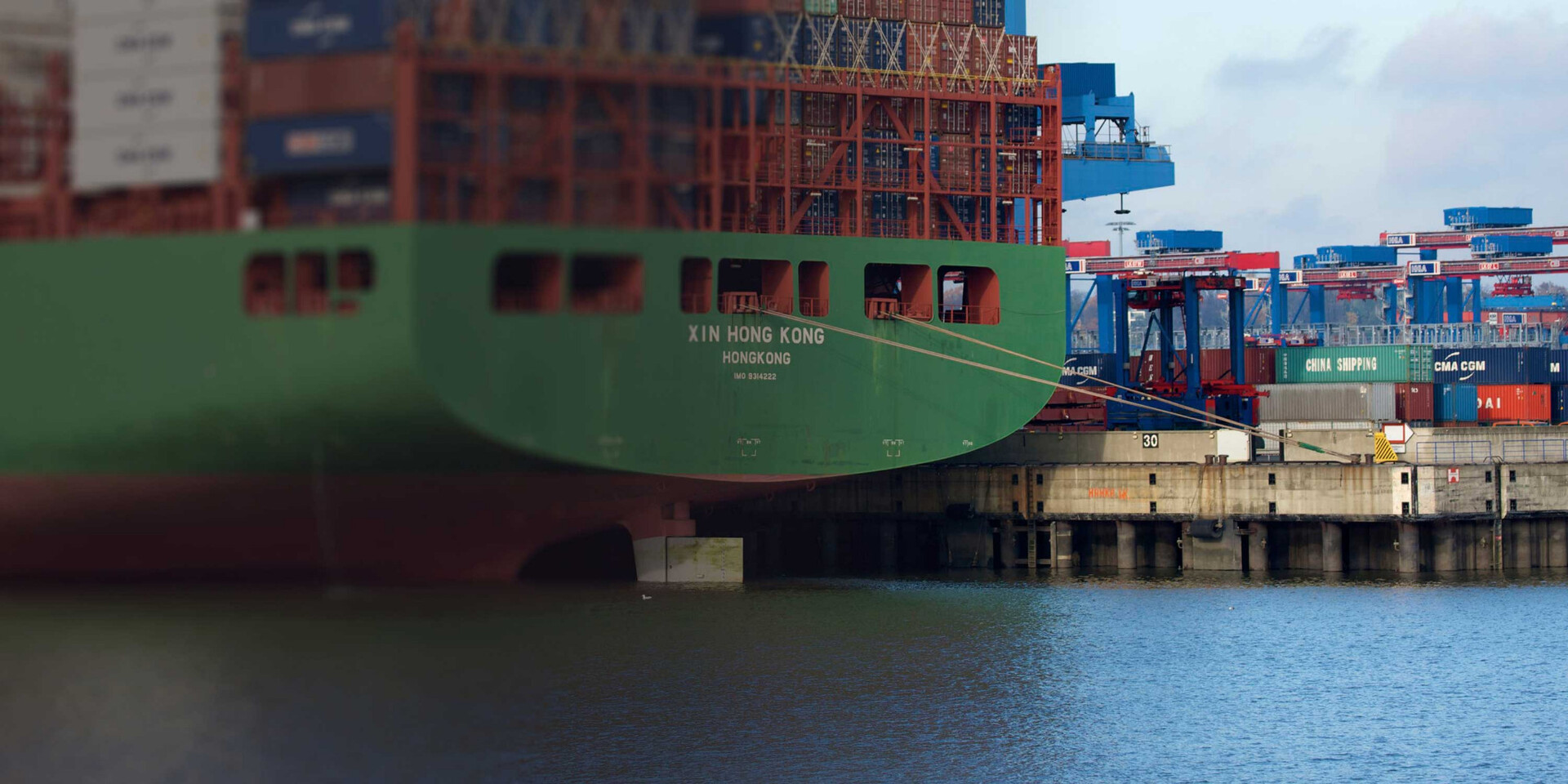
Becton Dickinson: Freight cost control, transparency, and more
Leading global medical technology company increases efficiency with AEB’s Freight Cost Management solution through integration and automation.

Leading global medical technology company increases efficiency with AEB’s Freight Cost Management solution through integration and automation.
BD (Becton, Dickinson and Company) is a global medical technology company that focuses on improving drug delivery, enhancing the quality and speed of diagnosing infectious diseases and cancers, and advancing research, discovery and production of new drugs and vaccines. As the company’s sales and profits steadily grew, so too did the operational and administrative costs of logistics freight forwarding services due to lack of availability of information for freight forwarding contract rate negotiations and general freight tariff overview and control. This lack of visibility and control impacted efficiency and prevented BD from taking full advantage of logistics cost optimization strategies.
Managing freight invoices is often a tedious task due to the sheer mass of invoices to be processed as well as the complex rate and tariff structures to which freight invoices are subject and the broad range of criteria that must be applied to determine the correct rates. Freight invoice control is very different from verifying invoices for ordinary purchases or services, which can be compared and balanced against the original purchase order. No purchasing or procurement department will issue a purchase order for every single freight service that is provided, of course, as this would lead to an explosion of administrative costs. Consequently, few organizations have a system in place that accurately and completely manages the pool of logistics data to verify freight invoices.
Without such a system, BD’s Singapore logistics team manually calculated applicable freight costs, consulting the freight rate tables provided by the forwarders and service providers and running random checks on freight invoice items, line by line. The logistics team then manually allocated the applicable freight costs to each business unit, addressed discrepancies with the forwarders and initiated payment arrangements through the finance team. This process was highly labor-intensive and prone to human error.
“BD’s lean logistics Asia Pacific team was burdened by complex and mundane operational tasks—tasks that looked as if they could be automated,” says Mr. Jimmy Khoo, BD’s Director of Supply Chain Management in Asia Pacific. So BD in Singapore began looking for a vendor to optimize the freight audit process and set up the system and processes. To BD’s logistics team, the ideal system had to handle a large number of inbound and outbound shipments, calculate and reallocate freight costs, and verify freight invoices from the forwarders. BD needed highly automated system to minimize maintenance expenses.
In December 2009, BD commissioned AEB to design and implement a seamless, outsourced solution: AEB’s Freight Cost Management solution for BD in Singapore.
Implementation challenges “The beginning wasn’t easy,” recalls AEB project manager Lewis Goh. “The shipment data was not detailed enough to perform freight cost calculation. Freight information was stored in various fields in SAP or on a spreadsheet.”
Freight quotes from the different forwarders were not standardized and could be misinterpreted. Freight rates for air and ocean shipments were more complex than the highly standardized courier rates. Maintaining and verifying highly fluctuating fuel surcharges and ad hoc shipping costs was also challenging. Other challenges involving forwarders—forwarder e-invoice integration, discrepancy resolution with forwarders, forwarder project timelines and resources—were systematically highlighted and resolved by the project team.
Using AEB’s Freight Cost Management, AEB (Asia Pacific) integrated BD shipment information with freight rates to create a robust foundation for freight cost calculation and reallocation.
After BD’s forwarders were integrated into the e-invoicing system, the freight invoice charges could be validated line by line and verified against shipments and calculated freight costs. Invoice discrepancy tolerance is well defined to ensure that the operations team does not waste time resolving negligible discrepancies. Genuine discrepancies of value are highlighted for the logistics team, which has the details it needs in the discrepancy report to help it resolve discrepancies with the forwarders.
At the operational level, the manual tasks of validating and verifying freight invoices, calculating and reallocating freight costs, flagging invoice discrepancies and correcting invoices from the forwarders are all now automated. This enable the logistics team to focus on value-adding activities such as discrepancy negotiation and resolution with forwarders, while keeping a sharp eye on freight invoices without sacrificing quality control.
Reports and payment interfaces are generated by AEB’s Freight Cost Management to provide BD with the details of the freight audit process and the results of the analysis. BD communicates with the forwarders based on the reports. Forwarders receive a formal confirmation from the AEB system that the freight invoices were received. This ensures a closed communication loop among AEB, BD and the forwarders.
Mr. Jimmy Khoo concludes: “The successful implementation of AEB’s Freight Cost Management solution means that BD in Singapore is able to focus on its core business in this dynamic landscape.” He is convinced that this enables BD to maintain a lean logistics Asia Pacific team to manage greater challenges, such as making the Singapore hub into the regional distribution center (RDC). This RDC is expected to handle a three-fold increase in shipping volume. With this growth, AEB’s Freight Cost Management should handle more shipment volume and freight rates calculation. Freight cost reallocation is also performed automatically—and above all impartially—by the system logic. This creates a platform that enables the different BD entities to understand the freight costs incurred and accepted by the different business units.
Optimized supply chain processes from procurement to fulfillment with AEB's supply chain and logistics software. Including monitoring and transportation management, supply chain visibility, multi-carrier shipping, freight settlement and logistics cost management, and warehouse management at the heart of global distribution centers.